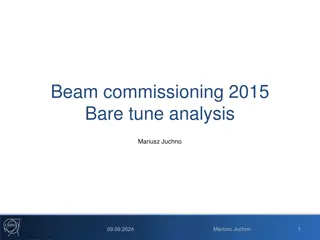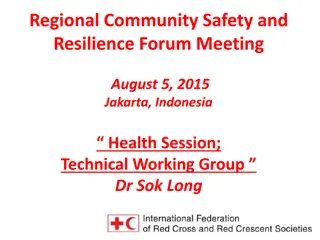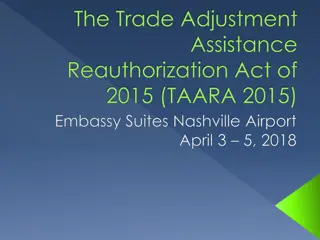
Discovering Wolpe's Systematic Desensitization Method
Explore Joseph Wolpe's groundbreaking method of systematic desensitization for treating phobias, how it works, its historical significance, results, critiques, and subsequent research. This method has proven to be highly effective in helping individuals overcome anxiety disorders through a structured hierarchy of fear exposure and relaxation techniques.
Download Presentation

Please find below an Image/Link to download the presentation.
The content on the website is provided AS IS for your information and personal use only. It may not be sold, licensed, or shared on other websites without obtaining consent from the author. If you encounter any issues during the download, it is possible that the publisher has removed the file from their server.
You are allowed to download the files provided on this website for personal or commercial use, subject to the condition that they are used lawfully. All files are the property of their respective owners.
The content on the website is provided AS IS for your information and personal use only. It may not be sold, licensed, or shared on other websites without obtaining consent from the author.
E N D
Presentation Transcript
Relaxing Your Fears Away By Adam Schultz
Who: Joseph Wolpe Systematic Desensitization Not the first to invent, but first to perfect
Hypotheses: Wolpe noticed that fear reactions could be reduced when conditioned with food Conditioning with fear did not work because feeding and fear were incompatible responses Reciprocal Inhibition- when two responses inhibit each other; only one may exist at a given moment. With people, he used the two responses: Fear from phobias Relaxation
Method: Treated 39 cases of 68 phobias Put subjects in deep relaxation through therapeutic training sessions and sometimes hypnosis Desensitized subjects by leading them through a step by step hierarchy of their fears, hoping to allow the subjects to confront and eradicate the phobias
Results: Out of 68 phobias treated, 62 reported either completely successful or partially successful in freedom from phobic reactions 9% that were considered unsuccessful were presumed to not be willing or able to imagine the situations presented in the hierarchy The average number of therapy sessions was 12.3
Critiques: Skepticism about how this method is a lot like Freud s psychoanalytic approach to behavior
Subsequent Research: College students with phobia of public speaking put in three categories o Syst. Desen. o Insight Therapy o No Treatment
Historical Significance: Based on findings, Wolpe s method of systematic desensitization has been proven to be the most successful treatment of anxiety disorders to date.





















